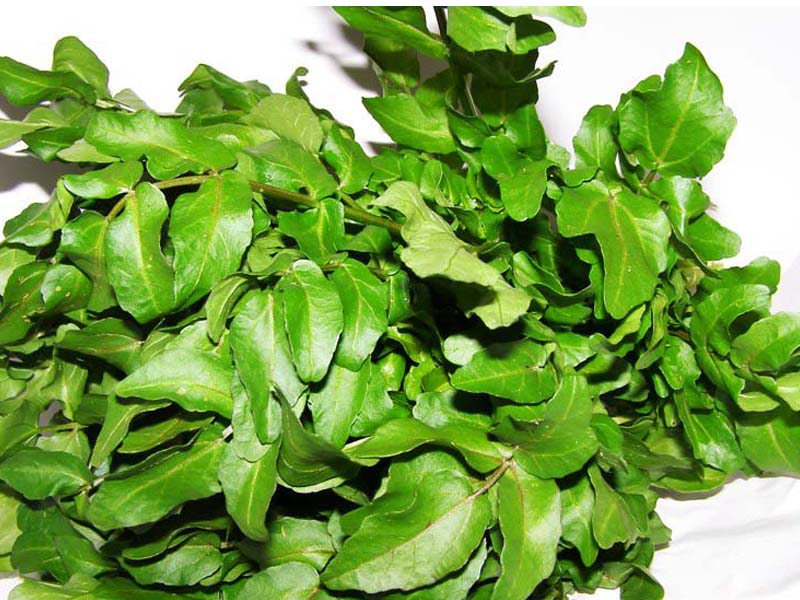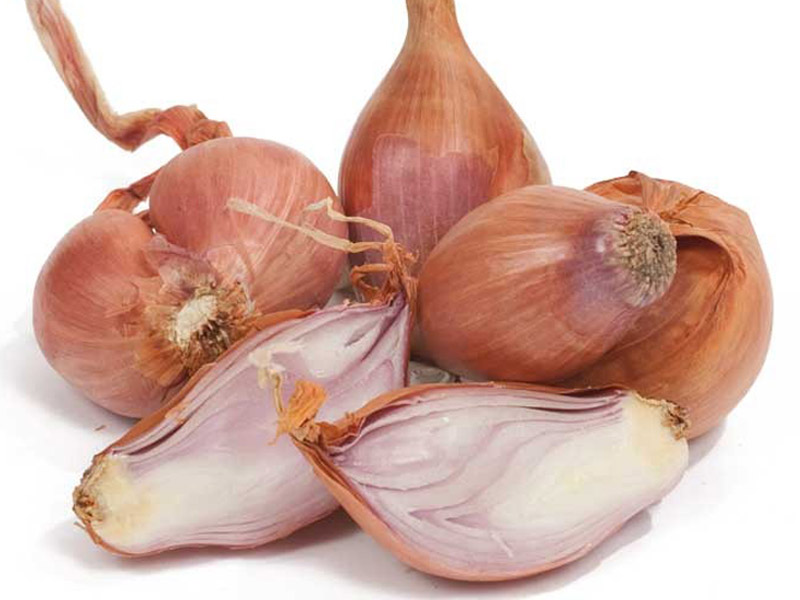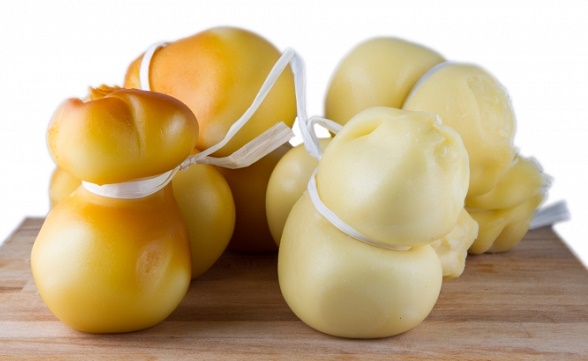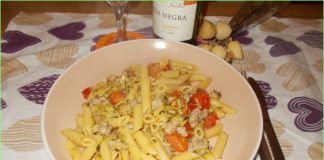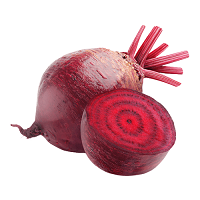
Generality
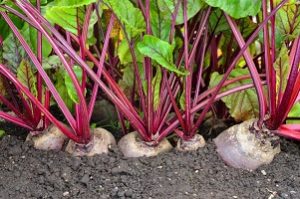
The term red beetroot is nothing else than a synonym dialect used in our country to indicate the red turnips, as well as the red carrots, red beards and others. When we speak of red beetroot, we are indicating a very unique tuber, unmistakable for its shape and its bright color, which is exploited much in the food industry, thanks to the “betanin” content, which in fact gives this shade. Despite the importance that is often emphasized by nutritionists and dieticians on the phytotherapeutic and beneficial properties for our body, we often tend to forget the existence of this food.
Red beetroot belongs to the same family of sugar beet, but we must not confuse the two different species. The beetroot, has ancient origins, in fact, its consumption in gastronomy, is mentioned in some ancient manuscripts that date back to 420 BC, period in which this red tuber, was known by the term “beta”.
Some authors even claim that the origin of the red beet date back to 2000 BC, considering the presence of several archeological finds attesting to this. We can add, therefore, that the red turnip was used for food by humans since ancient times, to accompany hearty and tasty dishes and meat dishes. This tuber, is a native in European countries and also in North Africa, and today is cultivated in all Mediterranean areas and does not require special conditions for growing. In fact is superb for all types of terrain, although by nature, prefers clay and acid soil.
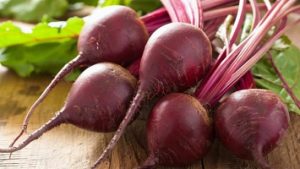
The red beet is grown up at 800 meters above sea level and prefers temperate climates. In botany, the tuber of beetroot is known by the term “Beta vulgaris” and it is a plant that belongs to the genus “Beta” of “Caryophyllales order“. There are also varieties that are intended for fodder, those for sugar and vegetable garden.
The red turnip, is a plant that is born every two years, even though it is often grown as an annual plant, which aesthetically resembles very much to the beet, but in the red beetroot there is a sort of red film, and also its roots, the leaves and the petioles, are ruby.
The leaves have a particular shape as heart shape and in some species cultivated, can reach a length that exceeds twenty centimeters, while the flowers, are formed by five petals that are gathered in the ear. The flowering of beetroot, takes place in the warm months from July to September.
Nutritional values
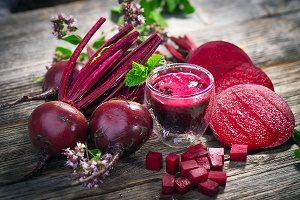
The red beet contains very few calories, per hundred grams of product, in fact, you have only 19 kilo-calories, and precisely for this reason, falls between the low-calorie foods, thus preferable for balanced diets, which avoids the consumption of foods very caloric. Much of the feed is made up of water, equal to 91%, and carbohydrates present are only 4% and 2,6%, is made from fibers. The remainder of the nutritional values are the proteins and fats.
Since the red turnip a real root, it is a source of mineral salts, which are absorbed from the soil, such as iron, potassium, calcium, phosphorus and sodium. As for vitamins, you should know that these play a very important role, in fact, and among these there are B1, B2, B3, trace of vitamin A and vitamin C. In the root of red beet is a glycoside, which gives its particular coloration, it is a betanin which is exploited in the food industry as a natural dye (E 162), which is extracted from the root by squeezing. Another pigment that was found in the red beet is the “betaxanthin“, which gives the plant the typical streaks of yellow. In the root of this tuber, are know many substances that are exploited in herbal medicine and also in cosmetics and these are: the anthocyanins, saponins, and flavonoids, which have moisturizing properties for the skin, avoiding the annoying redness data from the weather and from blotches.
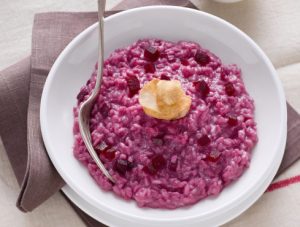
Food uses and curiosities
Generally the red beetroot is eaten cooked, although it is preferable to taste it raw, grated into very thin slices, so you can take all the vitamins and also contain minerals, which tend to deteriorate during cooking. There are also several recipes where this food is cooked also the oven, before being toasted and au gratin.
In the area of phytotherapy, it is advisable to make a decoction of red beet as a purifier, but also as a digestive and mineralizing. In a magazine that deals with health, especially cancer so, it seems that the red beet have the properties against the prevention of this disease and also colorectal cancer, and for various scholars, it is able not only to prevent cancer, but also to combat it.

